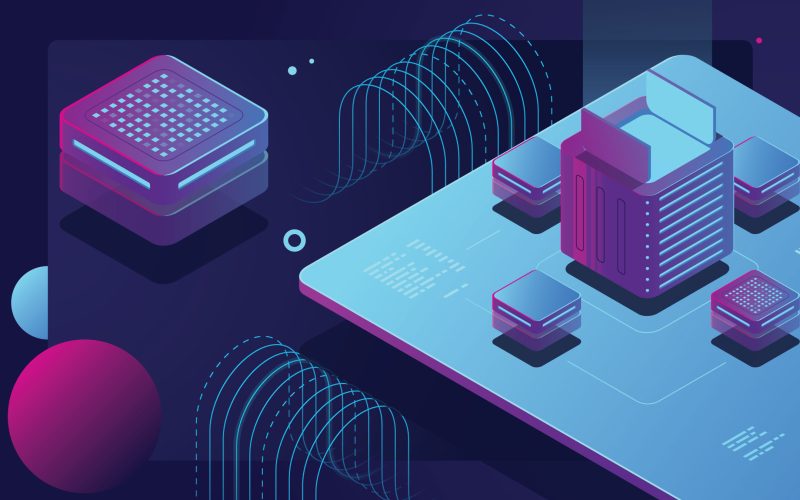Serverless computing is a paradigm shift in the world of cloud computing and infrastructure management. It represents a departure from traditional server-based models, offering a more scalable and cost-efficient approach to running applications and services. Serverless computing abstracts away server management tasks, allowing developers to focus solely on writing code and delivering value to users.
- Serverless Architecture
In a serverless architecture, developers break down their applications into smaller functions, which are then executed in response to specific events or triggers. These functions are stateless and run in ephemeral containers provided by the cloud provider. This approach eliminates the need for provisioning, scaling, and managing servers.
- Scalability and Cost Savings
Serverless computing offers automatic scaling, ensuring that applications can handle varying workloads without manual intervention. Developers are billed based on the actual usage of resources, making it a cost-effective option, especially for applications with unpredictable traffic patterns.
- Event-Driven Programming
Serverless computing encourages event-driven programming, where functions are triggered by events such as HTTP requests, database updates, or file uploads. This event-driven approach enables developers to build highly responsive and reactive applications.
- Challenges and Considerations

While serverless computing offers numerous advantages, it also presents challenges, including increased complexity in managing distributed systems and potential vendor lock-in. Developers must carefully consider their application’s requirements and architecture when deciding whether to go serverless.
- Use Cases
Serverless computing is well-suited for a wide range of use cases, including web applications, real-time data processing, IoT applications, and more. Companies like AWS Lambda, Azure Functions, and Google Cloud Functions provide serverless platforms that cater to these diverse needs.
Conclusion
Data centers and servers are the unsung heroes that make the internet’s global connectivity and digital services possible. They provide the infrastructure and processing power required to store, manage, and deliver data to users worldwide. Meanwhile, serverless computing is transforming how we build and deploy applications, offering scalability and cost-efficiency without the headaches of server management. As technology continues to evolve, these foundational elements will play an ever more critical role in our connected world.

